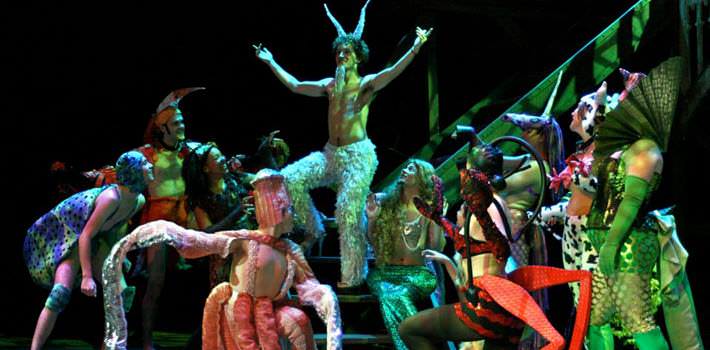

Thus, when there was a dearth of suitable male heirs, Queen Seon Deok ascended the throne.

The bone rank system of Silla originally prescribed that only those of the “sacred bone” rank, with royal blood on both sides, could become rulers. Plus, the real life hwarang were known for being especially good-looking, and the best part of this sageuk is just watching the guys goof around and bond with each other! “Hwarang” paints a vivid image of life and culture in Silla, from the boys’ rigorous education to the show’s depiction of the immense inequality in a society structured by the bone rank system. True to the name “Hwarang” (which means “Flower Knights”), this Silla period drama features an overwhelming number of flower boys in its cast. Silla also gave rise to the Hwarang, a group of male warrior-scholars who studied art and religion as well as swordsmanship and martial arts. Known for its rigid social structure and powerful aristocracy, Silla had a hereditary “bone rank system” that determined a person’s place in society based on his or her relatedness to the royal bloodline. Silla: Silla occupied the southeast portion of the Peninsula, and cultivated unique societal and cultural traditions that make it the perfect background for K-dramas. With tense, action-packed battle scenes and a talented cast, “Gye Baek” is a great way to learn about one of the less frequently portrayed periods of Korean history. Set in the mid-7th century, the 2011 drama “Gye Baek” follows the story of famed General Gye Baek as he struggles to defend the kingdom of Baekje from the attacks of Silla. This kingdom, located on the southwest side of the Korean Peninsula, had an extensive coastline that made it a naval power, enabling it to engage in trade with China and Japan. This 2006 drama “Jumong” is definitely an investment: with 81 total episodes (extended from 60 due to its popularity), “Jumong” is a historical epic with a multitude of awards to its name. The drama paints the life of its legendary titular king so powerfully that it even achieved an impressive following overseas, making it one of the first K-dramas to break into the global market.īaekje: The state of Baekje was actually founded by one of Jumong’s sons. Its founder, King Jumong, is shrouded in myth: said to be the grandson of the river god Habaek, Jumong was known for his skills as an archer. Goguryeo: Goguryeo was the northernmost of the three kingdoms, and ultimately the largest, also occupying parts of Manchuria in China. Each state developed its own unique cultural identity, while testing their borders and alliances with each other. Come take a trip through Korea’s rich history, and see which eras you may want to stop at along the way!įirst up, the Three Kingdoms period refers to the time from 57 BC to 668 AD, when the Korean Peninsula was divided among the ancient kingdoms of Goguryeo, Baekje, and Silla. Either way, we’ve put together a master list of the best historical K-dramas from each time period. Maybe you want to know all about the political conflict surrounding the founding of the Joseon Dynasty, or maybe you just love to watch decorated court ladies and Goryeo princes parade across your screen. And whether you consider yourself a history geek or not, historical K-dramas are also a great way to gain a little insight into Korea’s fascinating past. There are plenty of reasons to love Korean historical dramas: sageuks are the perfect mix of royal romances, palace conspiracies, and aesthetic AF robes and scenery.


 0 kommentar(er)
0 kommentar(er)
